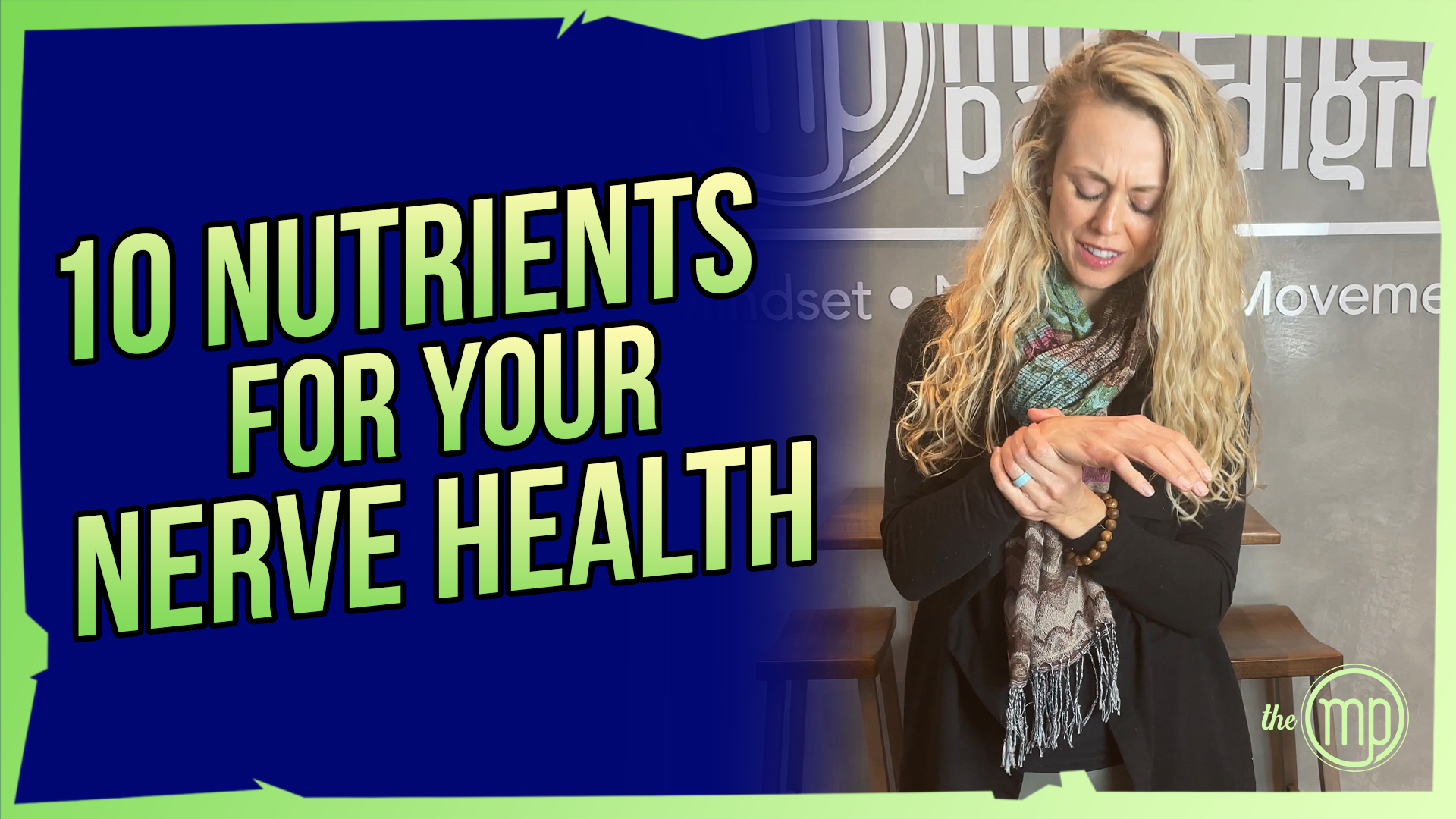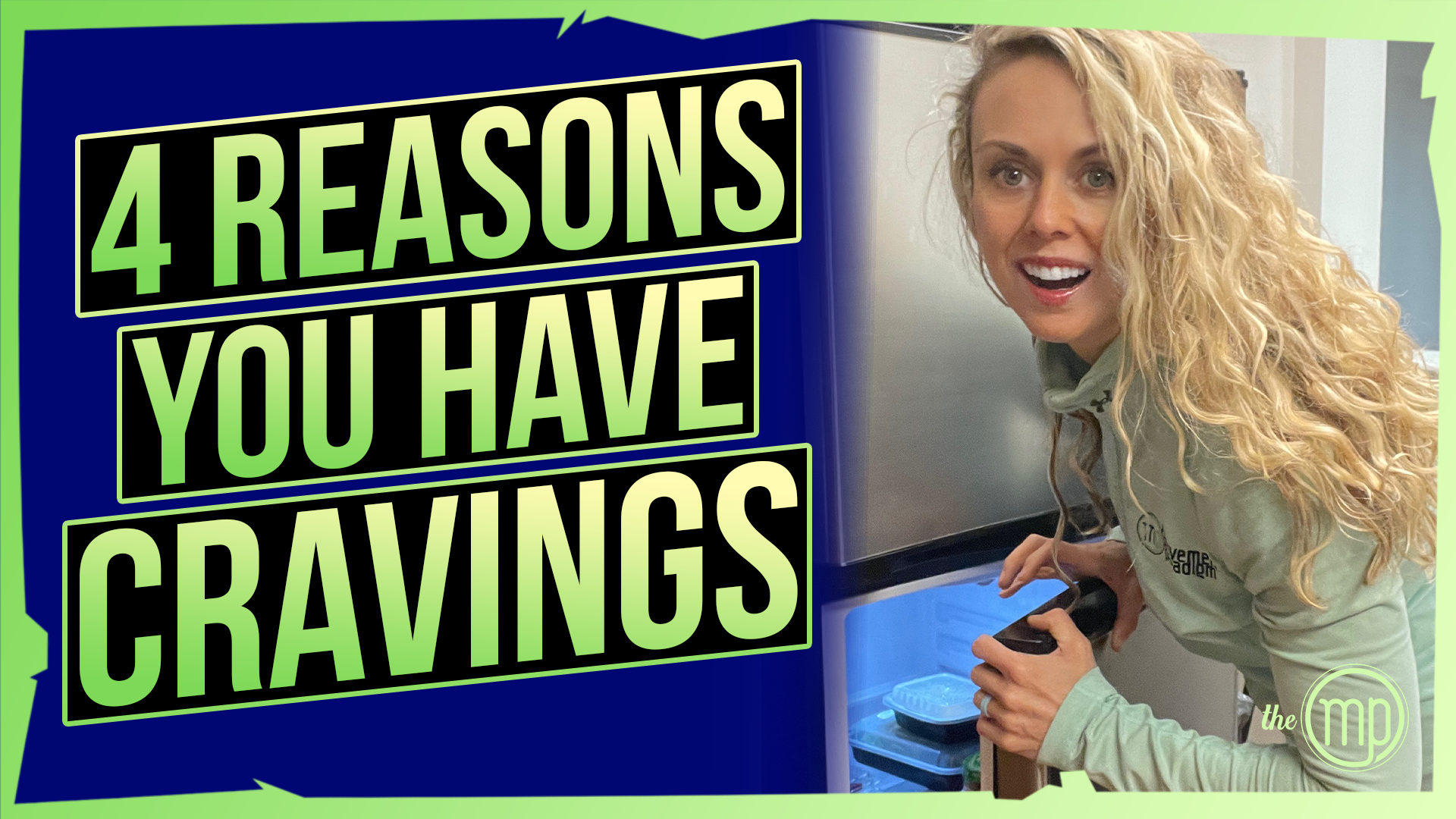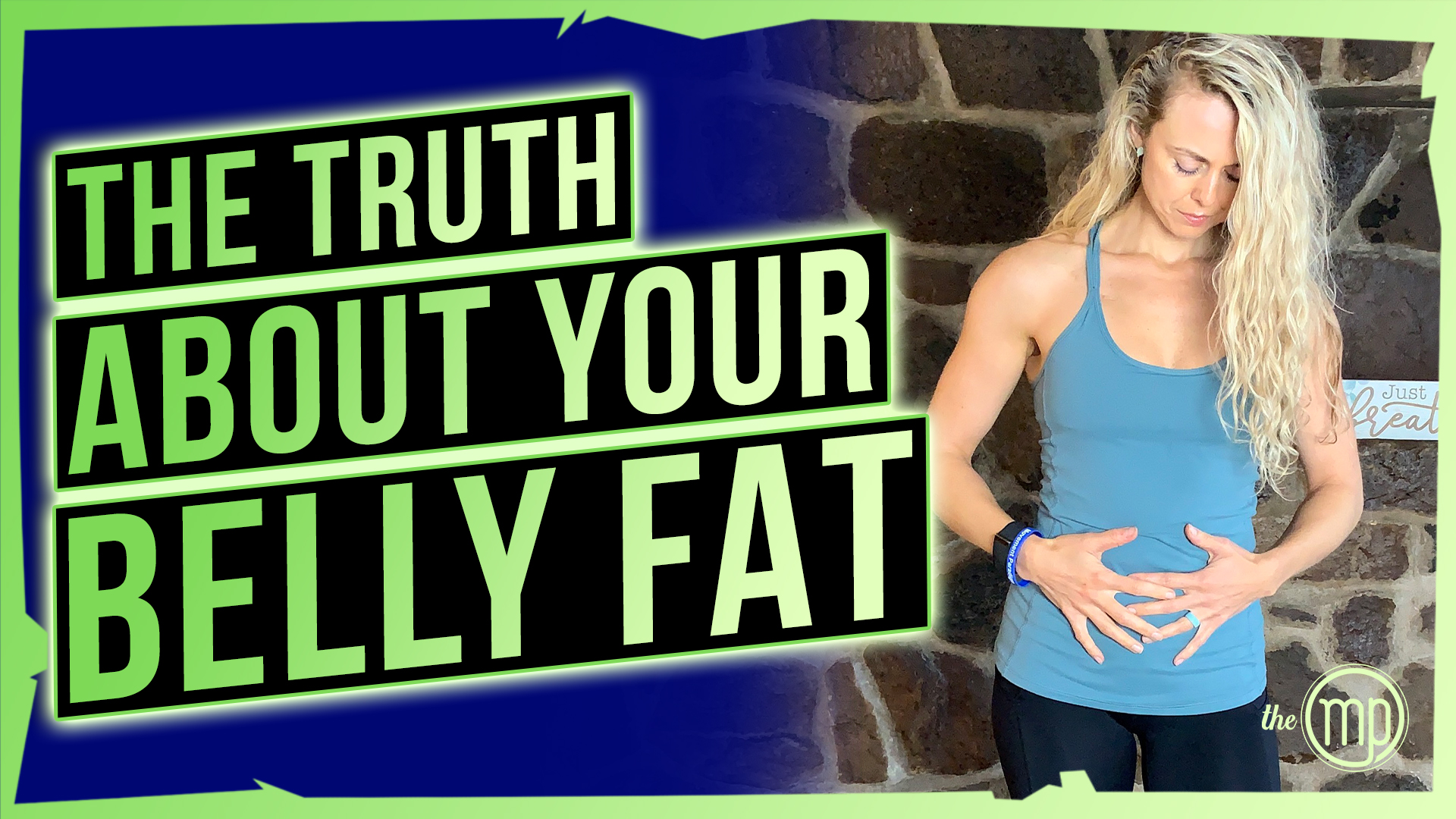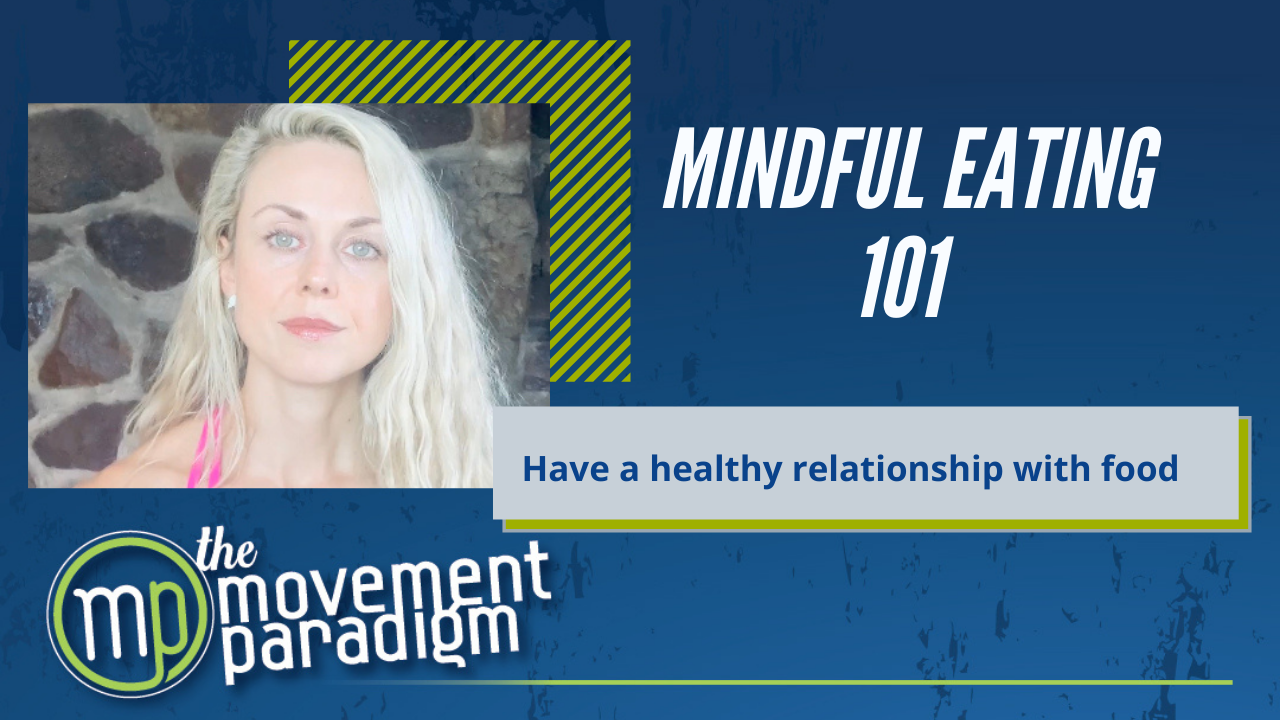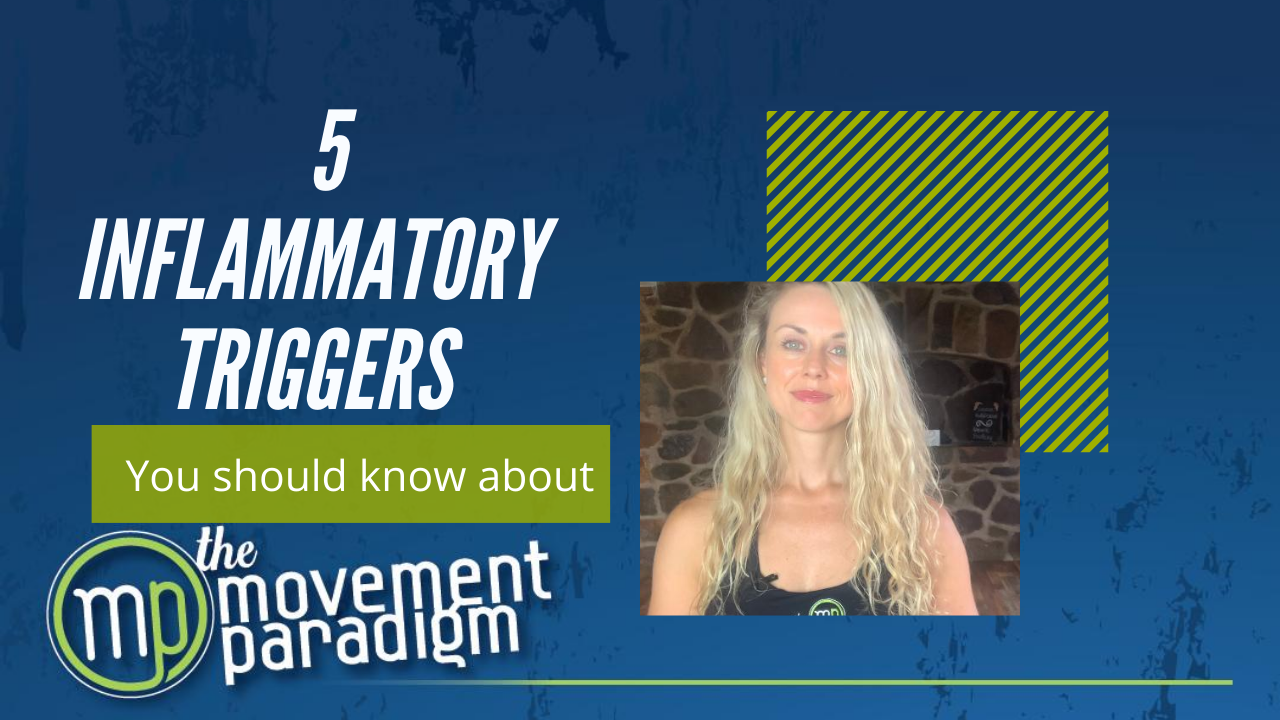Do you suffer from nerve pain? Whether it’s sciatica, median nerve tension, carpal tunnel, thoracic outlet syndrome, chronic nerve pain into the hands, or maybe it’s even chemotherapy-induced or diabetic neuropathy? It’s important to address the root causes of any nerve pain, and most importantly, optimize your nutrition so that you can improve your nerve health.
Here are 10 different nutrients that you can consume through foods or supplementation that can optimize your nerve health.
1. Vitamin B12
This is important for the myelin sheath, which is surrounding the nerve. It’s been shown that even high doses of vitamin B12 can potentially repair damaged nerves. Good sources of vitamin B12 are yogurt, fatty fish such as salmon, cod, and sardines.
2. Vitamin B6
We need vitamin B6 to be able to absorb vitamin B12. Rather than supplementing with B6, which can potentially cause damage to the nerves, you can get this through your foods. Good sources of vitamin B6 are tuna, salmon, chicken, and spinach.
3. Vitamin B1
This is important for our muscular system and nervous system. It also converts carbohydrates to energy in the form of ATP which is our energy source. This is something that we only get a small fraction of through the metabolism of it so this is something you could supplement with, in addition to getting it from foods. Good sources of vitamin B1 are navy beans, other forms of beans, green peas, and sunflower seeds.
4. Vitamin B2
This is necessary for the absorption of B6 and B12. Good sources of vitamin B2 are soybeans, spinach, almonds, and asparagus.
5. Antioxidants
This can be powerful to optimize the myelin sheath and prevent any damage to the nerve. Good sources of antioxidants are berries such as blueberries, blackberries, or raspberries, dark leafy greens, fatty fish, and walnuts. Try to eat a rainbow every day!
6. Ginger
This can be a powerful anti-inflammatory agent. Try using a couple of teaspoons in hot water or you can incorporate it into salads, soups, and stews. It is very helpful for nerve inflammation and pain.
7. Omega 3
This is important in repairing the myelin sheath that the nerve is wrapped in. Good sources of Omega 3 are fatty fish, walnuts, and flaxseeds.
8. Water
We are made up of 70% water. All of our nerves, bones, ligaments, and connective tissue is inside of our lymphatic system which essentially is water. It’s our aquarium. We want to make sure that we are well hydrated so that our nerves can function at their peak.
9. & 10. Magnesium and Potassium
Magnesium helps the nervous system to relax where potassium is helping to transmit those signals or messages efficiently. Good sources of potassium and magnesium are pumpkin seeds, quinoa, and fresh fruit.
These ten nutrients may not eliminate your nerve pain, but they can definitely help optimize your nerve health. Remember, you always want to get to the root of the issue. You want to look at this from an integrative perspective and recognize that the nutrients that you are consuming or not consuming are going to impact how you are recovering from your nerve injury.
If you’d like to schedule a free 15-minute virtual discovery session, please email [email protected] or text 302-373-2394 to schedule. We’d love to help you get healthy again!
For more content, make sure to subscribe to our YouTube channel here.

